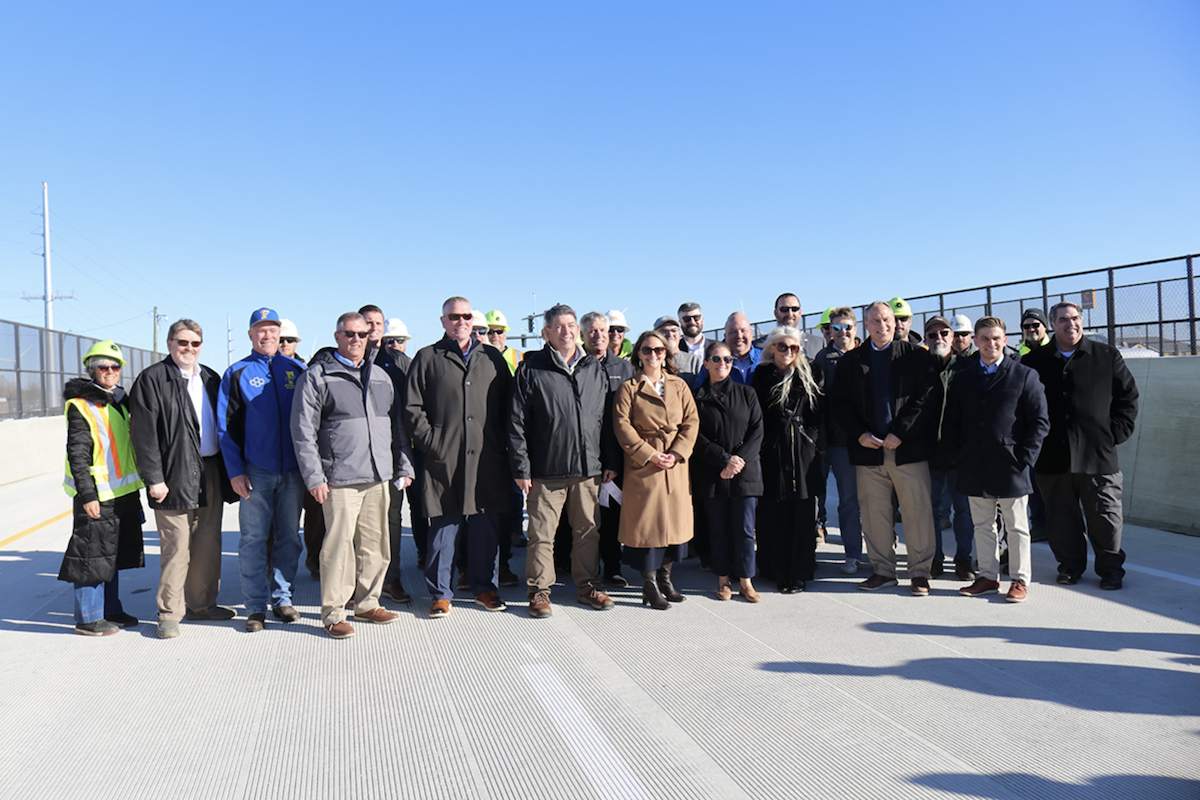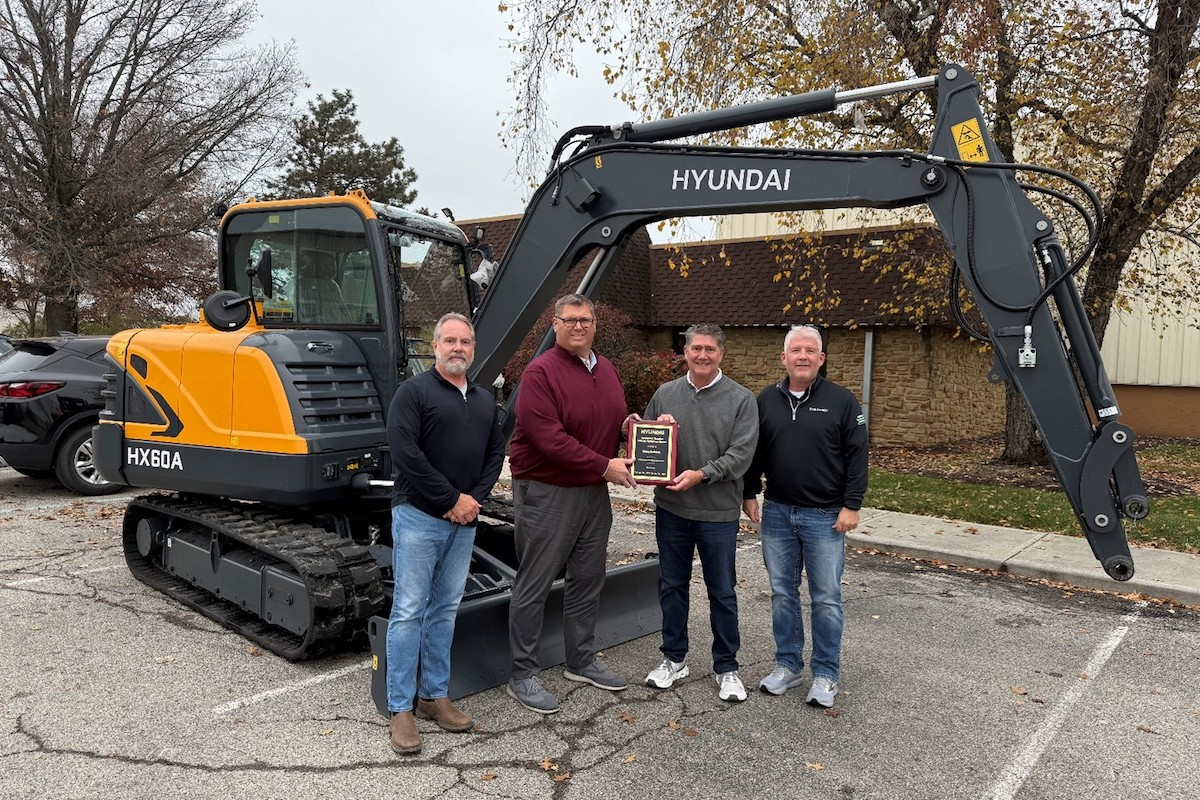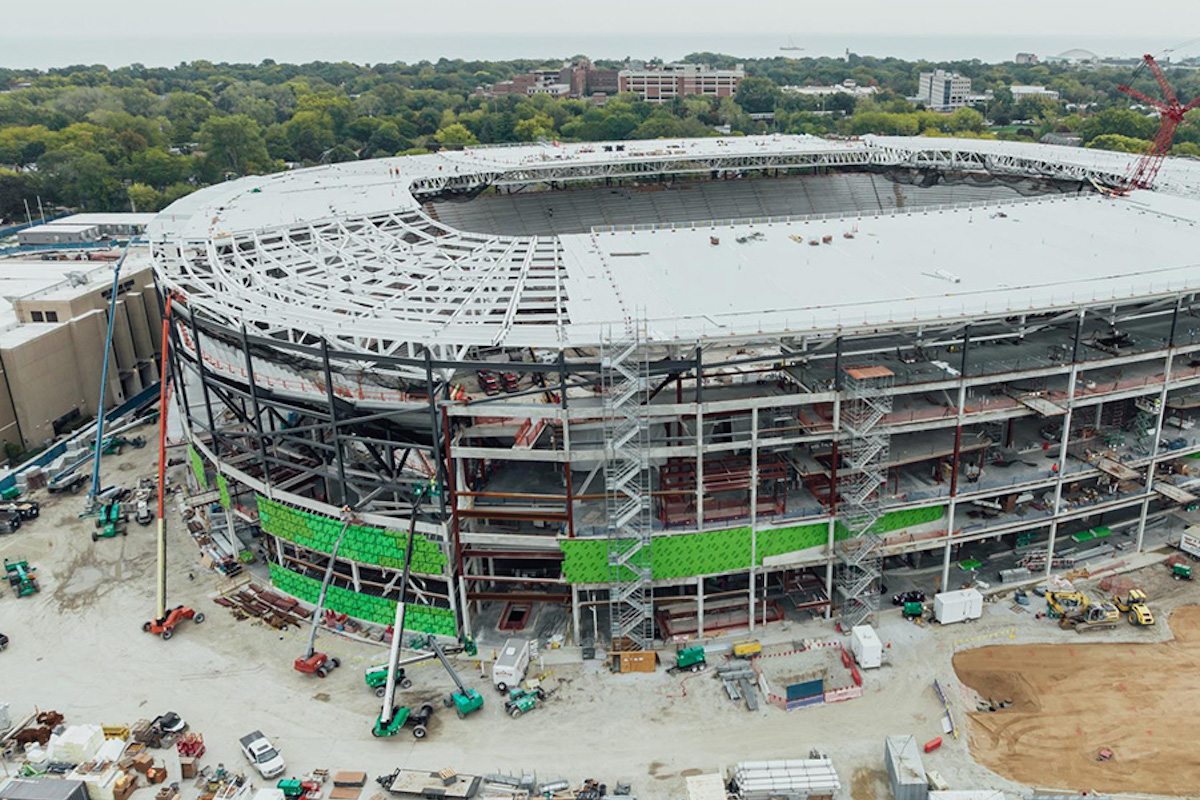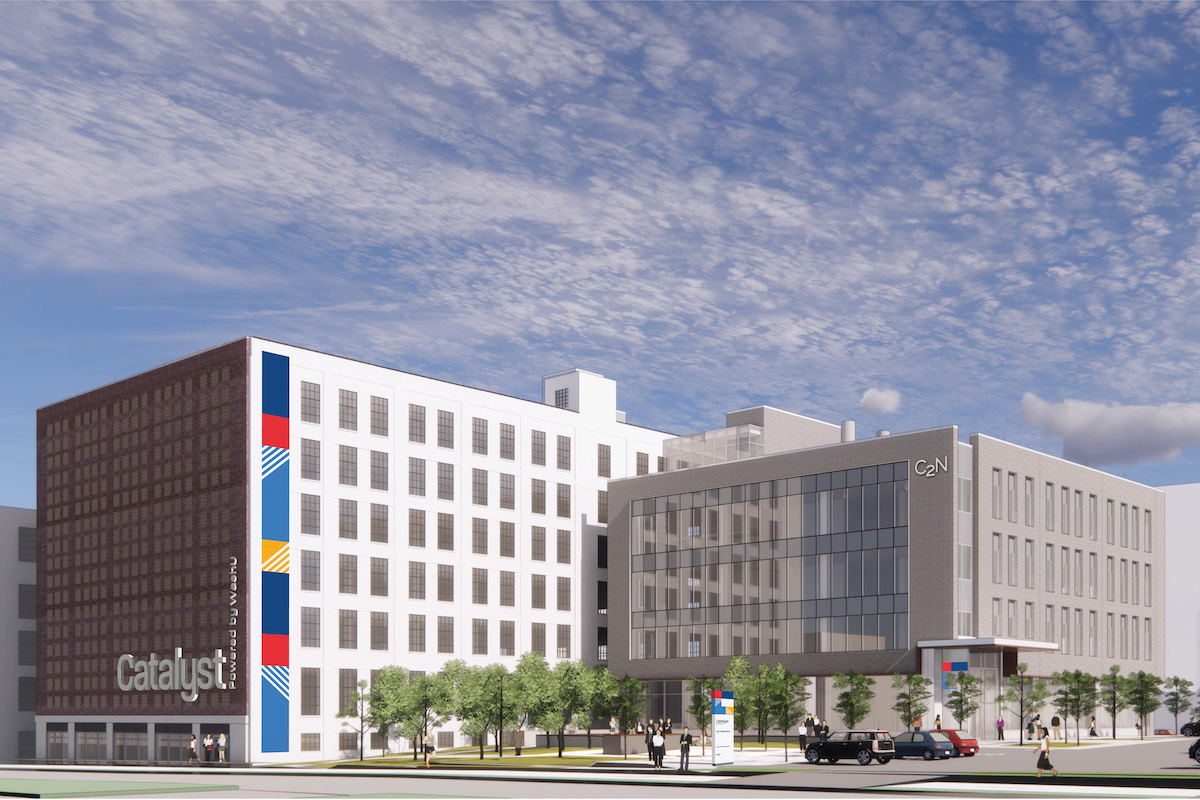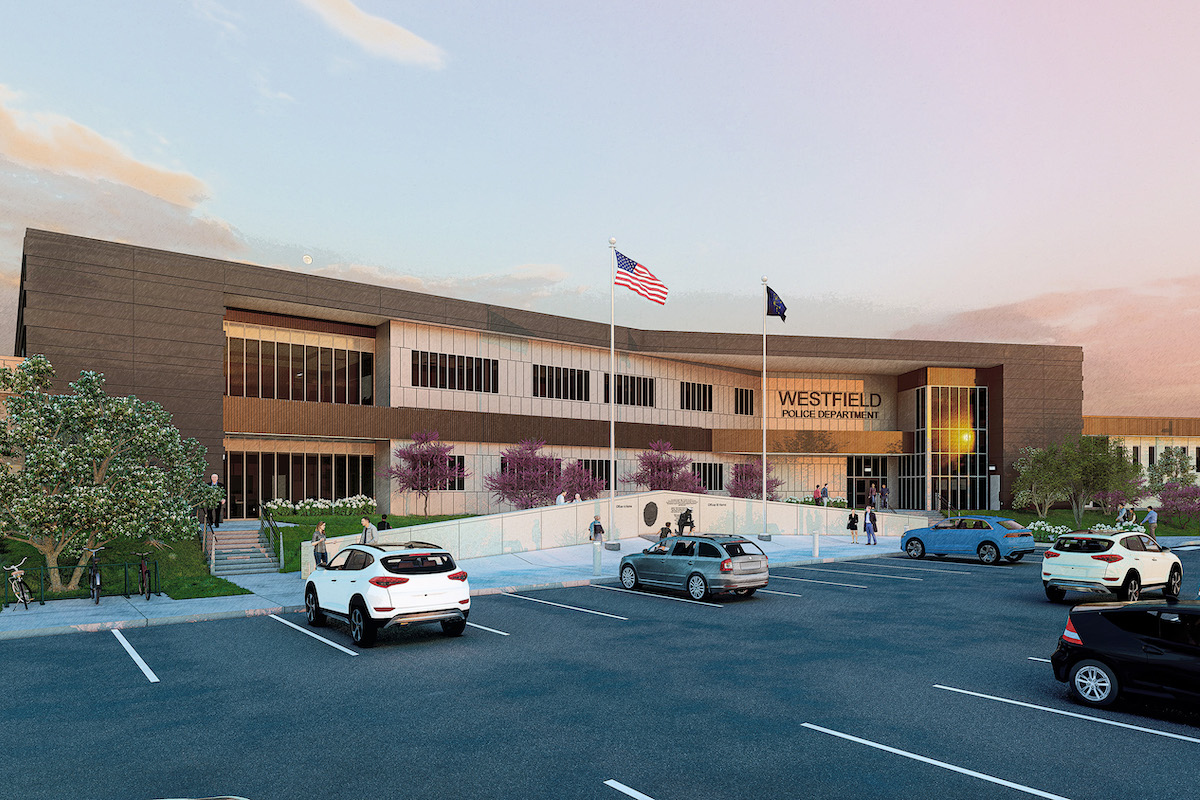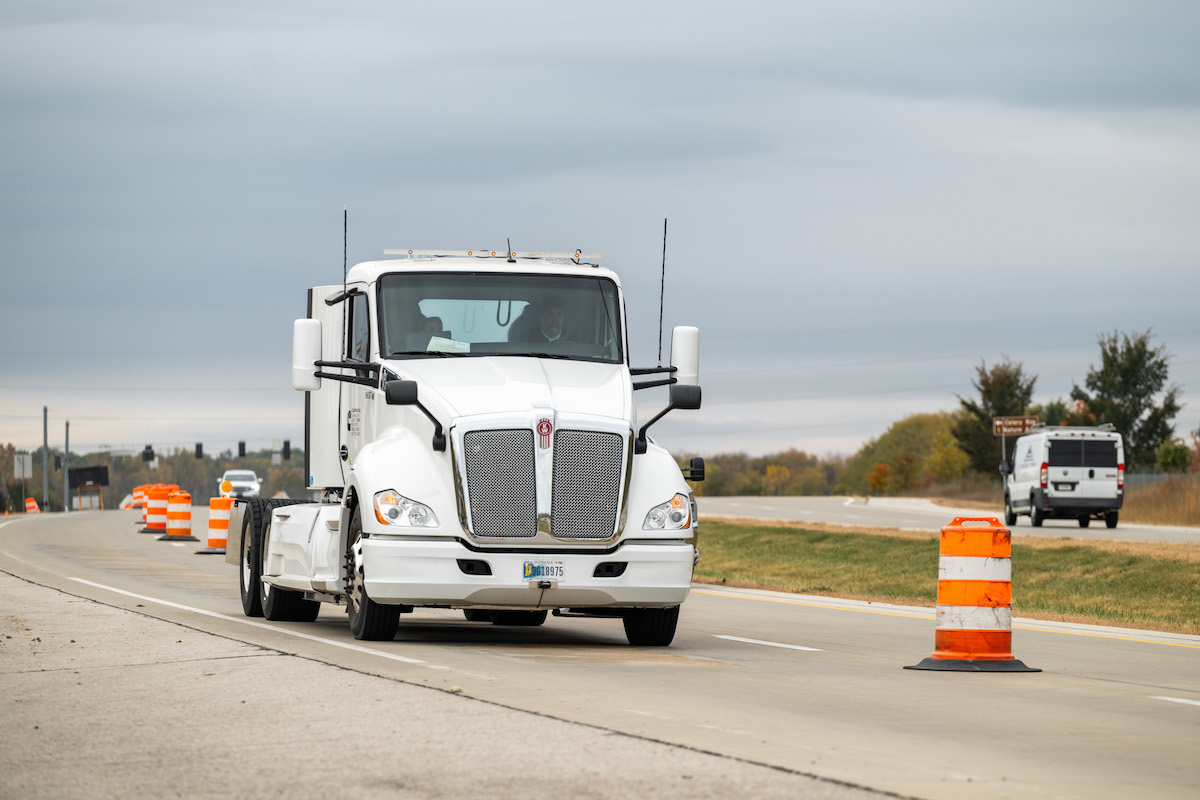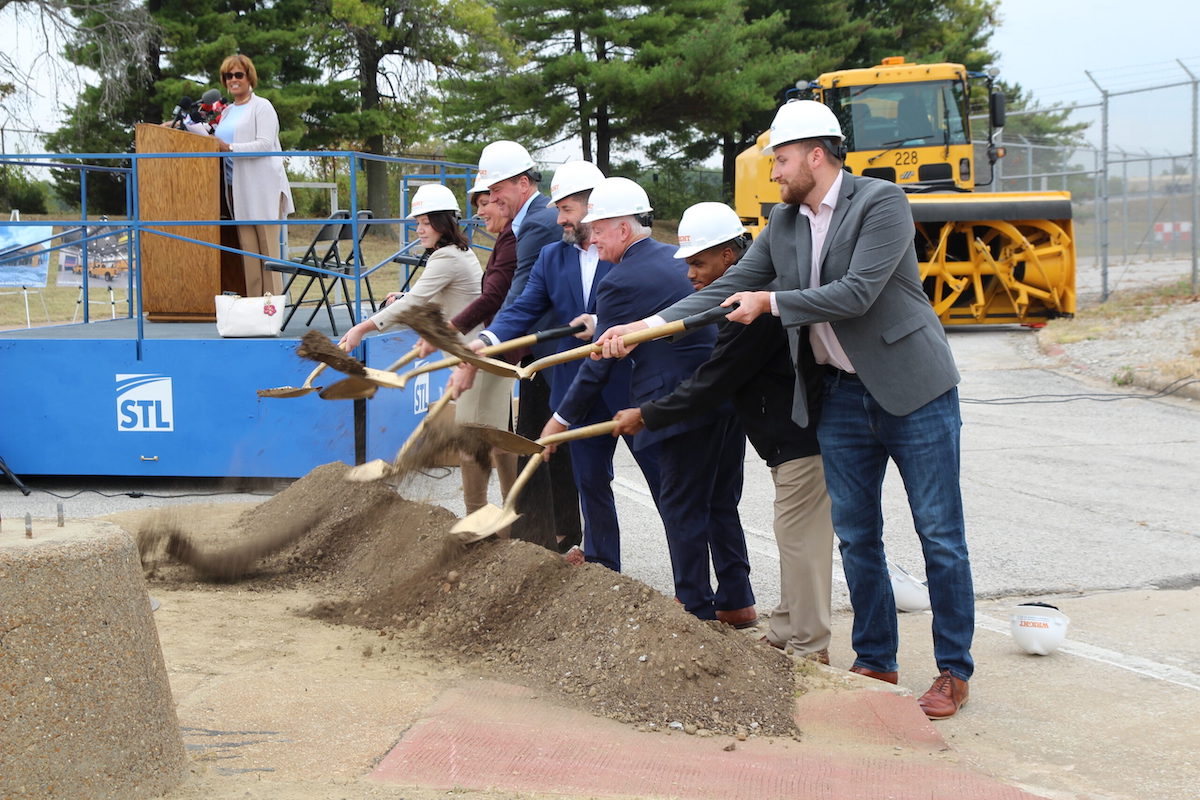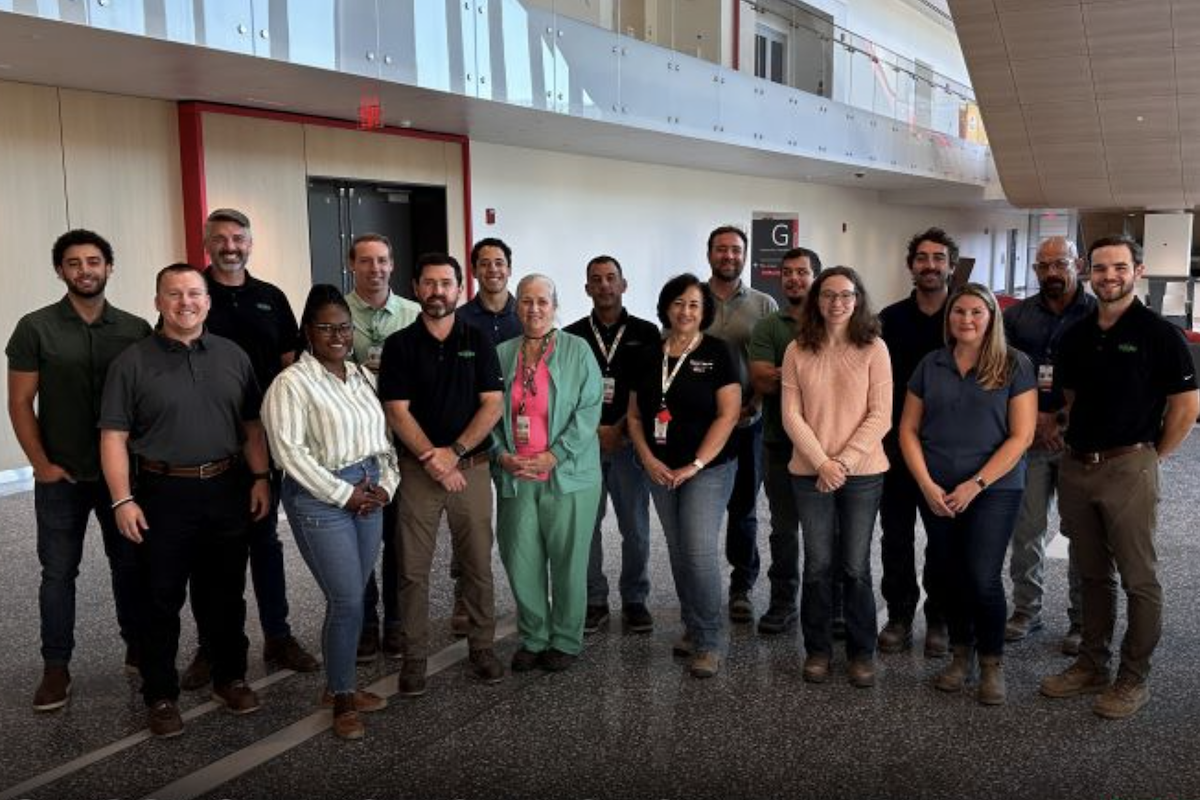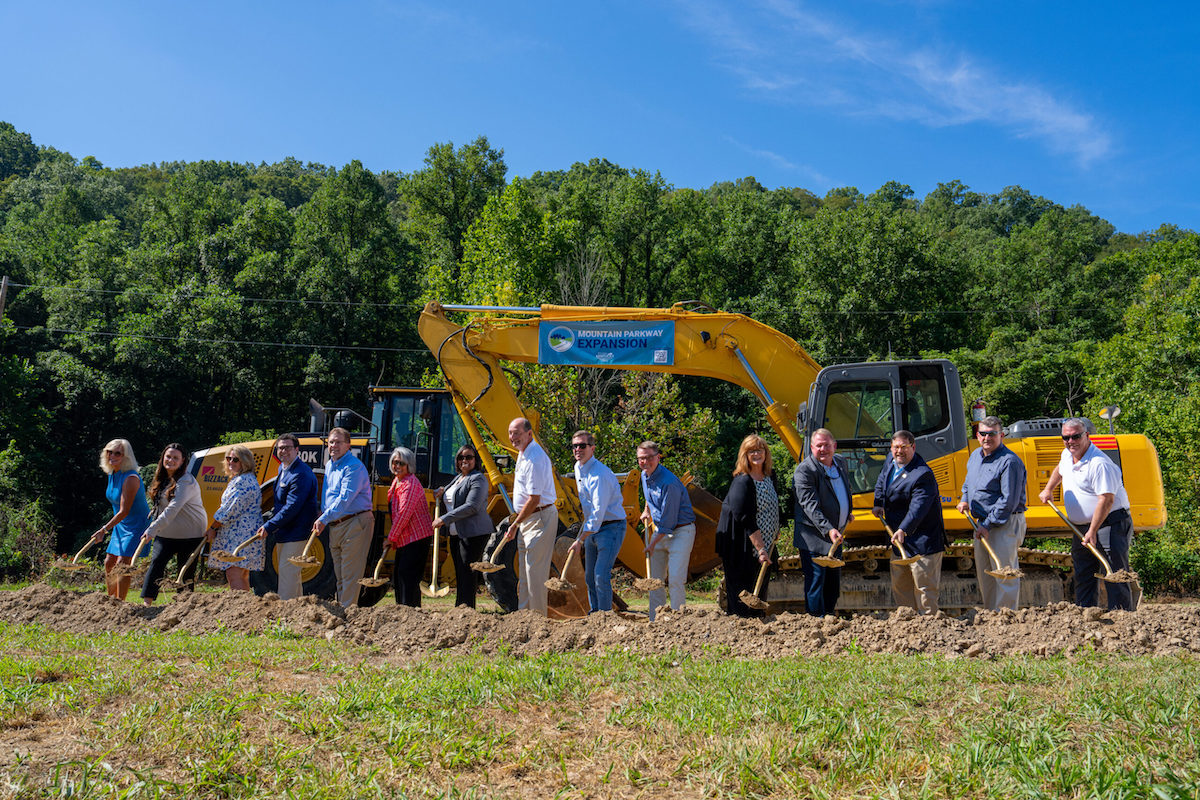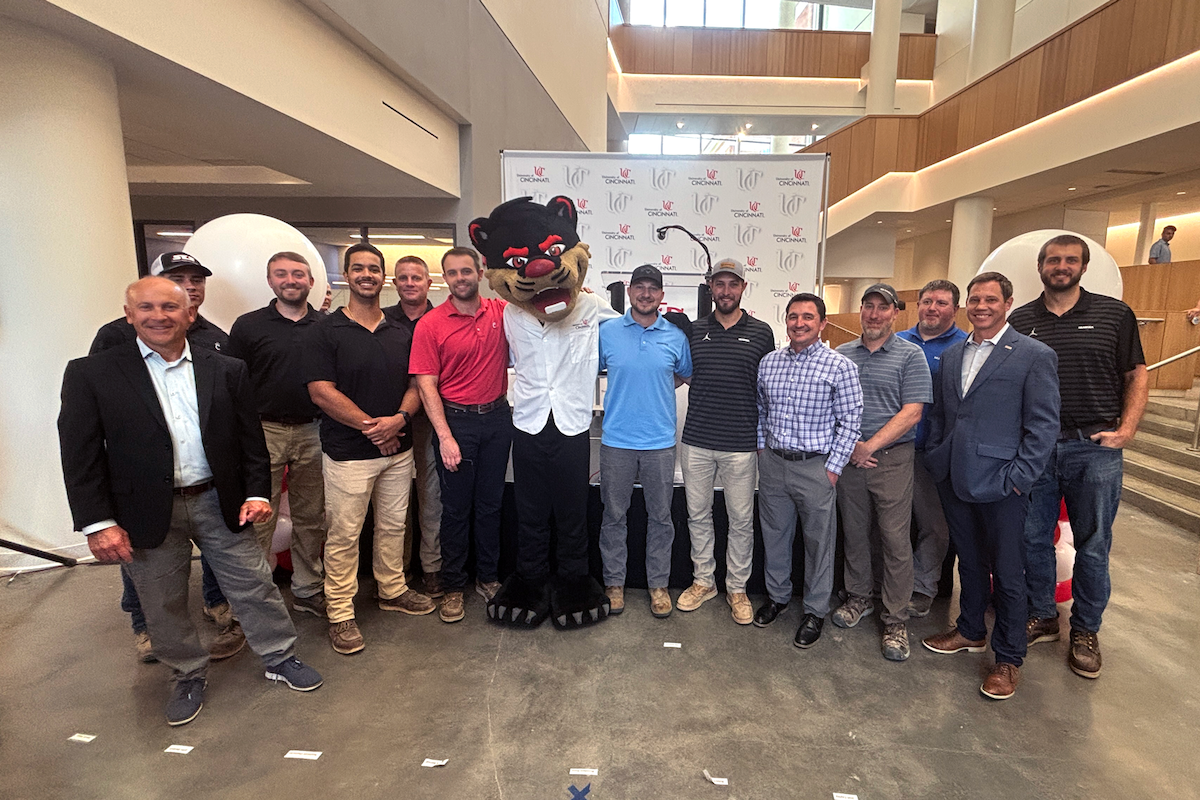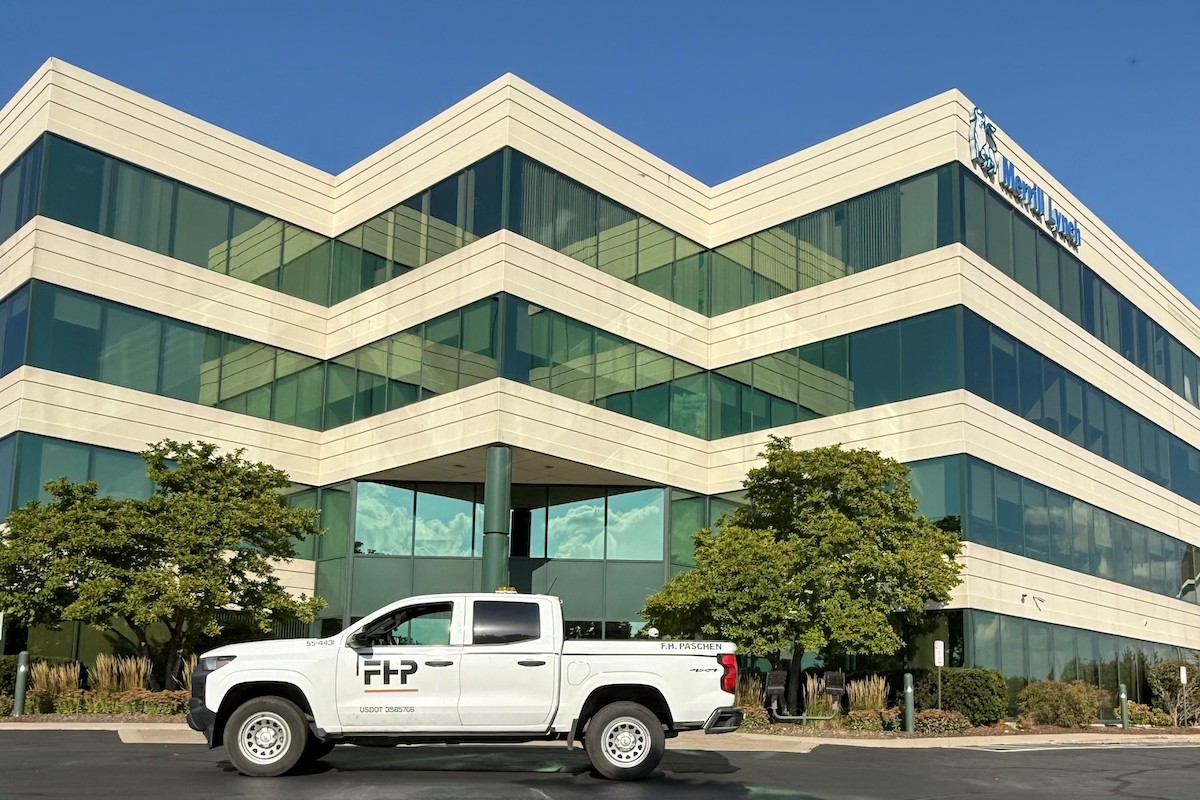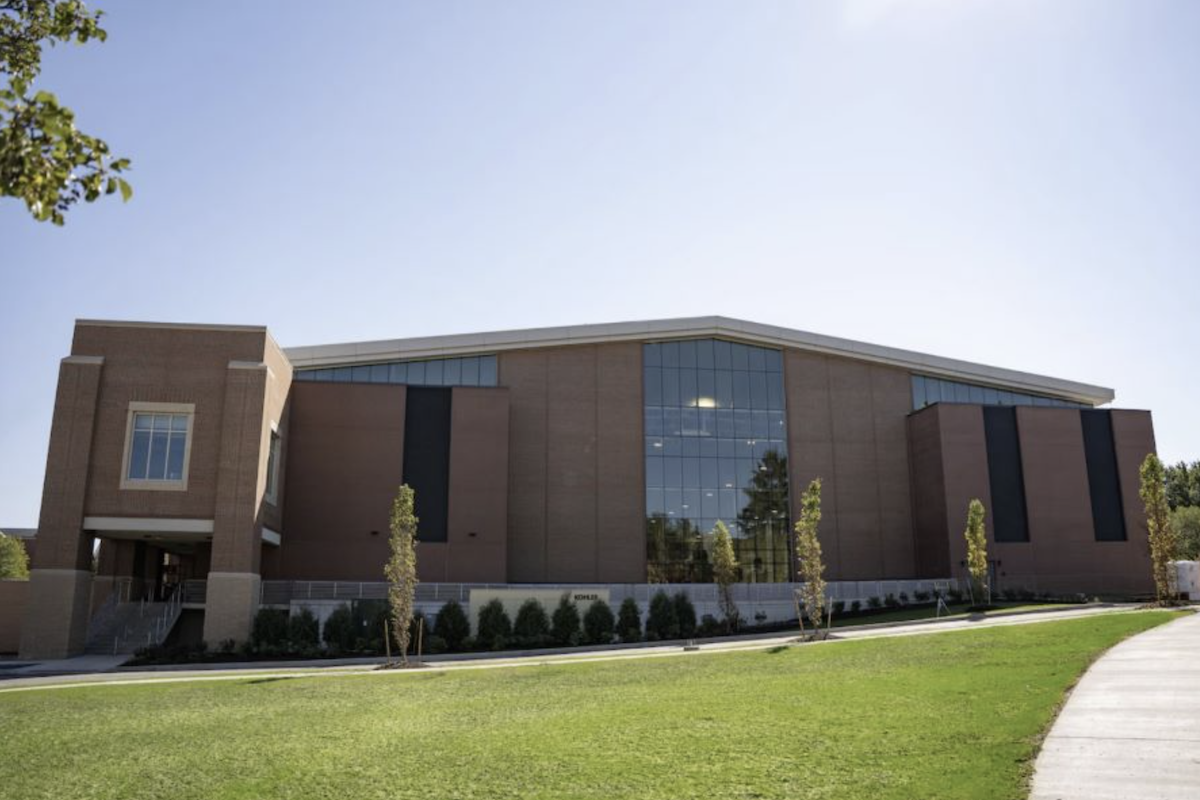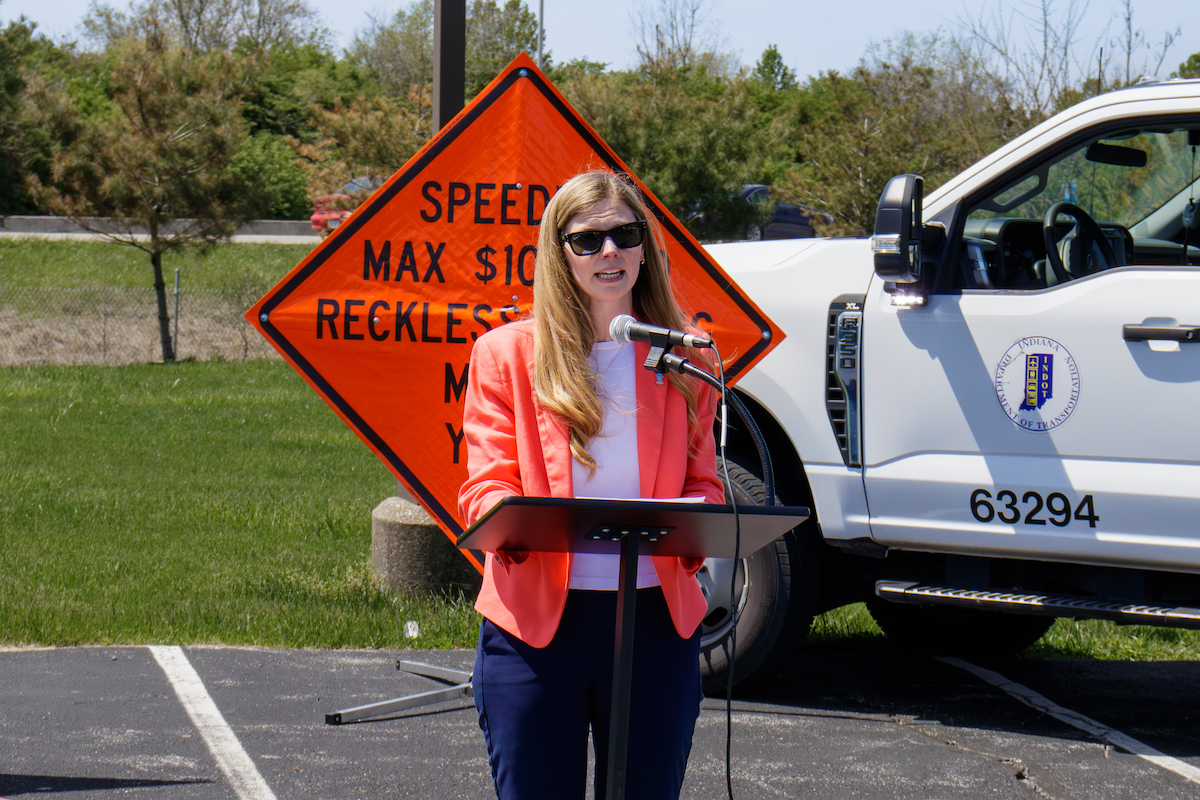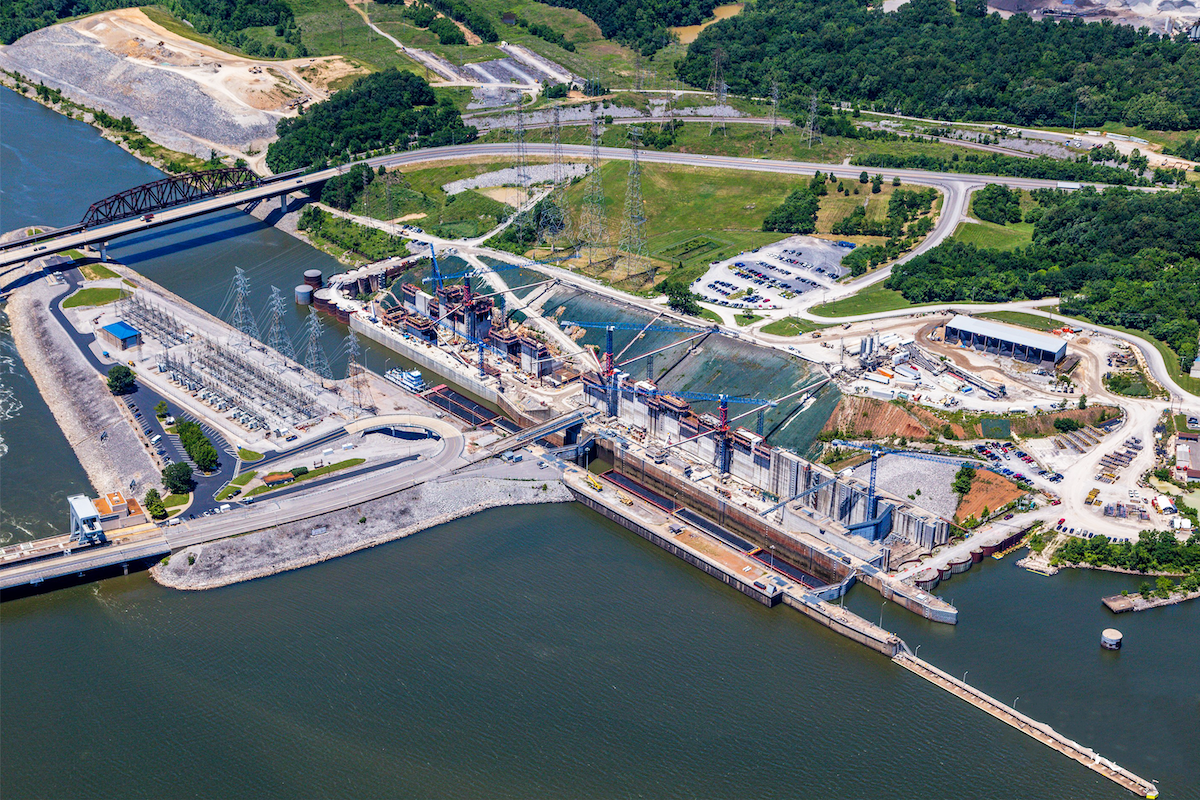“The main project goals are to improve the rideability of the bridge decks, update traffic safety features and to increase the service life of the bridges,” says Shanteeì Felix, Public Relations Manager with MDOT SHA.
The rehabilitation work entails replacing existing concrete parapets and bridge deck overhangs; repairing structural steel; replacing bridge drain inlets, joints, concrete curbs and slope protection; upgrading traffic barriers and drainage; and installing latex-modified concrete (LMC) on bridge decks.
An average of 208,400 vehicles travel through this interchange in the Arbutus area daily. The team developed a complex traffic management plan.
Whitman, Requardt & Associates in Baltimore serves as the prime engineering consultant, with subconsultants Athavale, Lystad & Associates of Bethesda, Maryland, and Mercado Consultants of Ashton, Maryland. Design was completed in spring 2022.

| Your local Takeuchi Mfg Ltd dealer |
|---|
| Brandeis Machinery |
Out of the 10 bridges on the project, three have different types of superstructures used during the original construction, including seven with steel beams and concrete decks, two with a continuous concrete voided slab, and one with a continuous multicell concrete box beam.
“Wagman had to develop specific demolition and overhang form plans for each structure, considering access, roadway below the bridge, and challenges related to each type,” Felix says. “Wagman partnered with the State Highway Administration and the state’s design consultant, Whitman, Requardt & Associates to develop plans that met all of the project requirements associated with drilling into existing concrete structures and attaching to existing structural steel.”
At the same time, the company minimized impacts to the traveling public and provided a safe work site for the workers performing the work.
Crews are replacing existing concrete traffic barriers, which were designed and built to a former design code and are not compliant with federal crash-test requirements. Wagman is using mini excavators to complete this work. The new parapets will be compliant with those regulations.
On three of the bridges, crews are removing and replacing the existing bearings. Other repairs include replacing or repairing impact-damaged structural-steel components and installing plating. “These bridges had to be jacked under traffic to perform the bearing work,” Felix says.
Crews are removing and replacing the existing roadway joints. “This work is performed in phases across all lanes of I-95 and ramps, by performing demolition, installing the new joint to grade, installing rebar and then placing the new concrete,” Felix explains.
The work includes placing LMC overlays on the decks. This product has a proven track record of extending the service life of bridge decks with minimal impact to the traveling public, she says.
“It has high bond strength to secure the overlay to the underlying existing concrete bridge deck,” Felix adds. “In addition, latex modified concrete has lower permeability when compared to traditional concrete. The reduction in permeability that LMC provides increases durability by first, reducing the penetration of moisture thus improving freeze-thaw resistance, and second, reducing the penetration of de-icing salts which helps protect internal reinforcing steel from corrosion.”
During the preparation to install the LMC, crews used a hydrodemolition operation, which uses high-pressure water to remove the deck concrete to a specified depth. It presented the only significant environmental concern.
“The prime contractor, Wagman, has developed an effluent management place in coordination with subcontractor IVS Hydro [of Waverly, West Virginia,] to control the runoff of this operation. All runoff is contained, transported to the treatment facility where turbidity is reduced, and pH adjusted to the requirement of the disposal permit.”
The drainage inlets are receiving rehabilitation to ensure they have sufficient load carrying capacity to support the maintenance of traffic shifts during construction.
“The entire team devoted a lot of time to the advanced planning and communication on the temporary traffic control required to access the work zones,” Felix says. “This is no small task, and there were constant updates, along with continuous monitoring and adjustments based on real-time conditions that entailed multiple nightly lane closures on I-95 and I-695 and the detouring of major interstate ramps.”
During daylight hours, there are lane shifts or flagging operations at Sulphur Spring Road. At night, I-95 has two lanes and a ramp closure, and there may be single or double lane closures on I-695.
“All bridge work on the project is performed in small linear work areas, 12-foot-wide, working behind concrete traffic barriers,” Felix explains. “Access is planned in detail and the majority of the work that requires maintenance of traffic is performed at night. Also, since the majority of the bridges are over I-695 or ramps within the interchange, numerous ramps are closed nightly and detoured to allow work to be performed. The project runs on a Sunday to Thursday night schedule, with multiple lane and ramp closures each shift.”
MDOT SHA anticipates the project will complete in summer 2025.
“We are proud of the partnership and commitment of our contractor’s crew and inspection staff who worked day, night, weekend, and holiday hours in heavy traffic to advance this project,” Felix concludes.
Photos courtesy of the Maryland Department of Transportation State Highway Administration


















